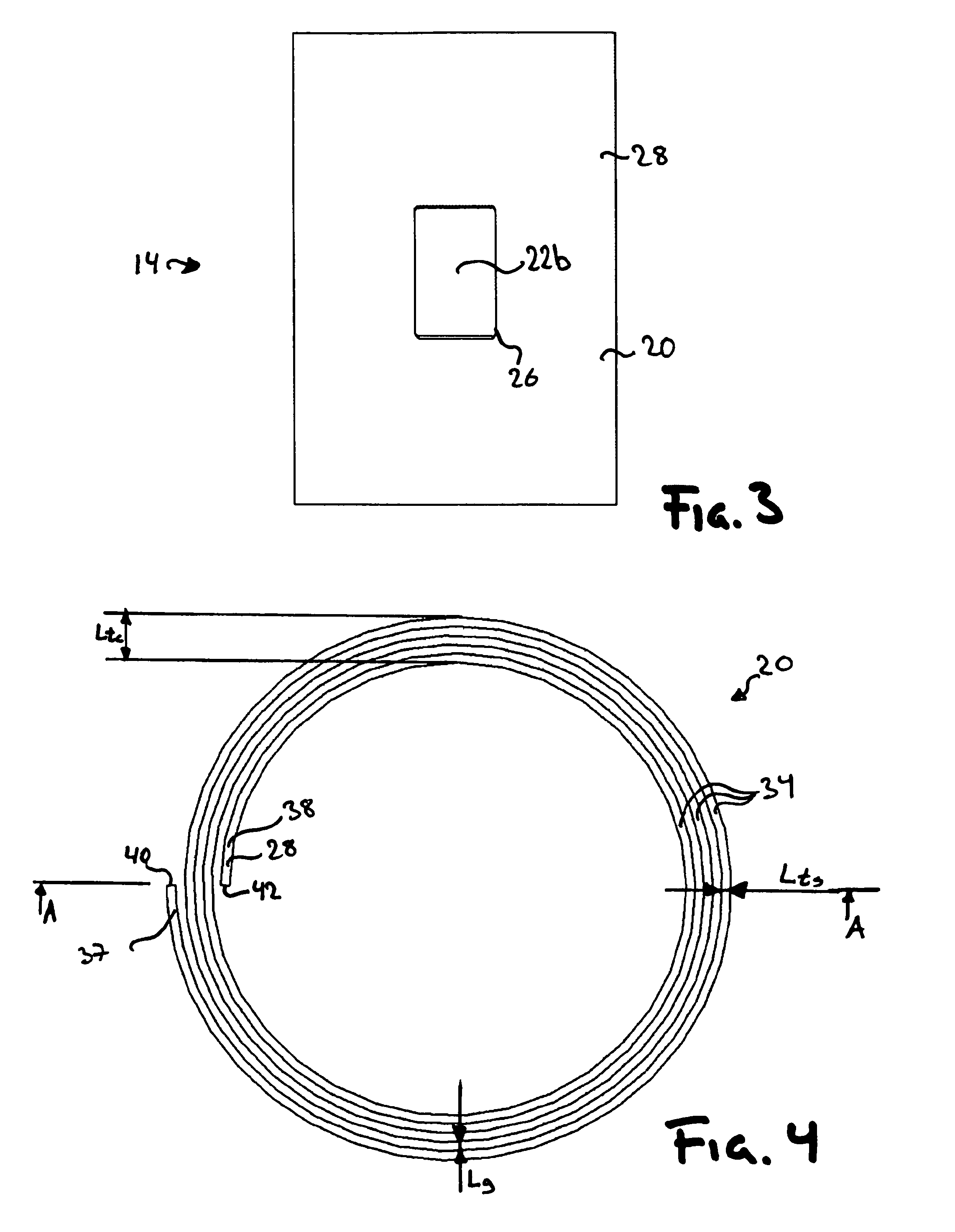Stator of an electrical machine
a stator and electrical machine technology, applied in the direction of winding insulation shape/form/construction, magnetic circuit shape/form/construction, electrical apparatus, etc., can solve the problem of eddy current induced in the stator core, and achieve the effect of facilitating the manufacturing of the core back
- Summary
- Abstract
- Description
- Claims
- Application Information
AI Technical Summary
Benefits of technology
Problems solved by technology
Method used
Image
Examples
Embodiment Construction
[0037]In FIG. 1 there is shown an electrical machine 10 comprising a rotor 12, a stator 14.
[0038]The rotor 12 may be a conventional rotor. Thus, the rotor may be a conventional permanent magnet rotor, a conventional synchronous rotor, a conventional asynchronous rotor, a conventional Switched Reluctance rotor (SR-rotor), etc., but may also be a rotor of a construction similar to the construction of stator 14 according to the invention. Note, that the windings of the rotor is not shown in FIG. 1.
[0039]In FIG. 1–3, one embodiment of the invention is shown schematically. The stator of this embodiment comprises a core back 20, two teeth 22a–b, and coils 24a–b.
[0040]The teeth 22a–b are separate components attached to the core back 20. In the present embodiment the teeth 22a–b are attached to the core back20 by positioning the teeth 22a–b in openings 26 arranged in the core back 20. The teeth may then be force fit in the openings 26, glued, welded, or soldered to the core back.
[0041]The ...
PUM
 Login to View More
Login to View More Abstract
Description
Claims
Application Information
 Login to View More
Login to View More - R&D
- Intellectual Property
- Life Sciences
- Materials
- Tech Scout
- Unparalleled Data Quality
- Higher Quality Content
- 60% Fewer Hallucinations
Browse by: Latest US Patents, China's latest patents, Technical Efficacy Thesaurus, Application Domain, Technology Topic, Popular Technical Reports.
© 2025 PatSnap. All rights reserved.Legal|Privacy policy|Modern Slavery Act Transparency Statement|Sitemap|About US| Contact US: help@patsnap.com



